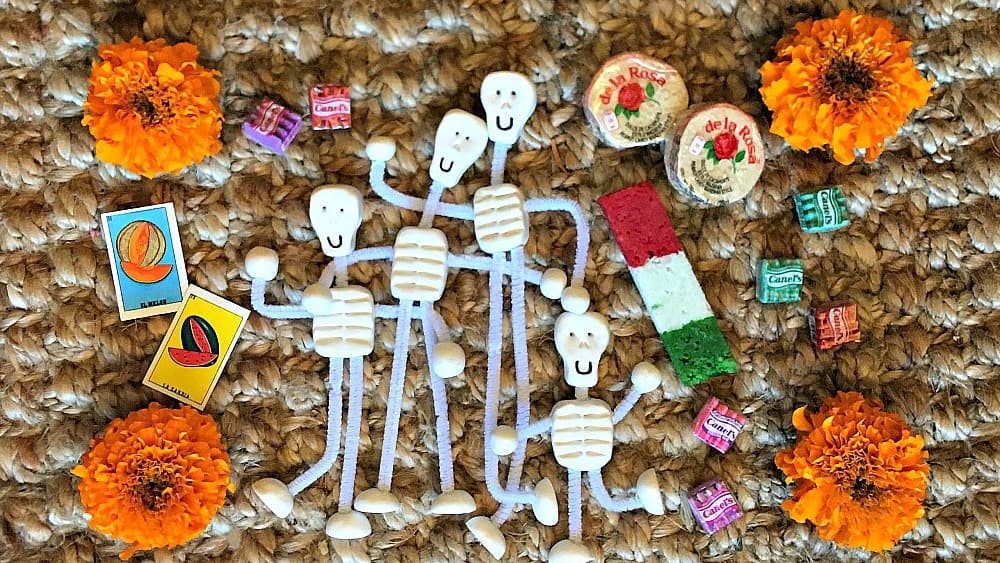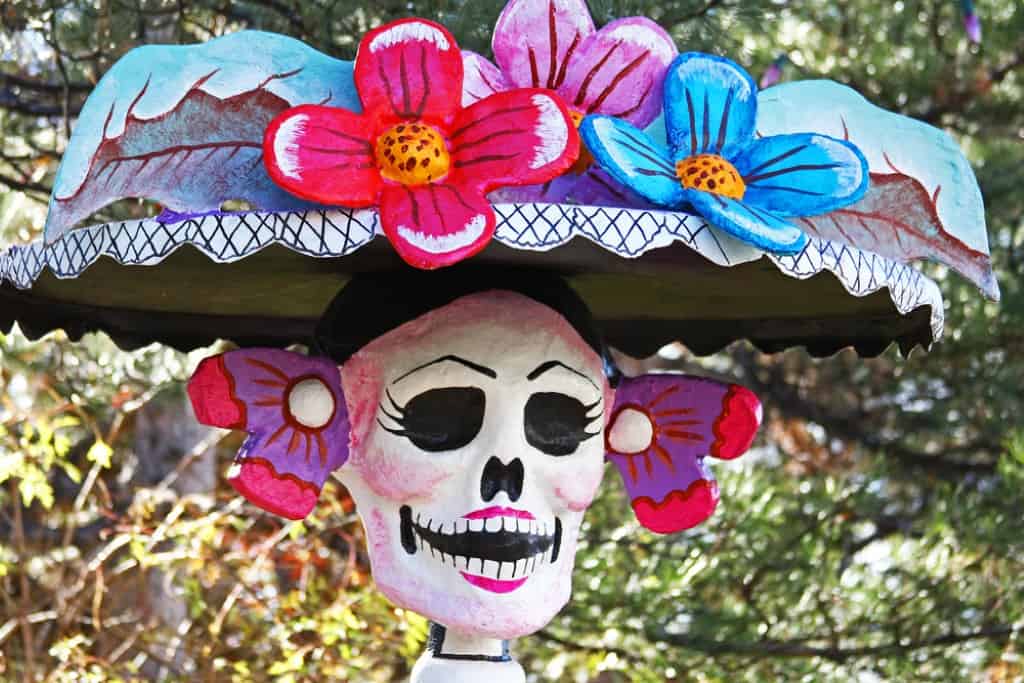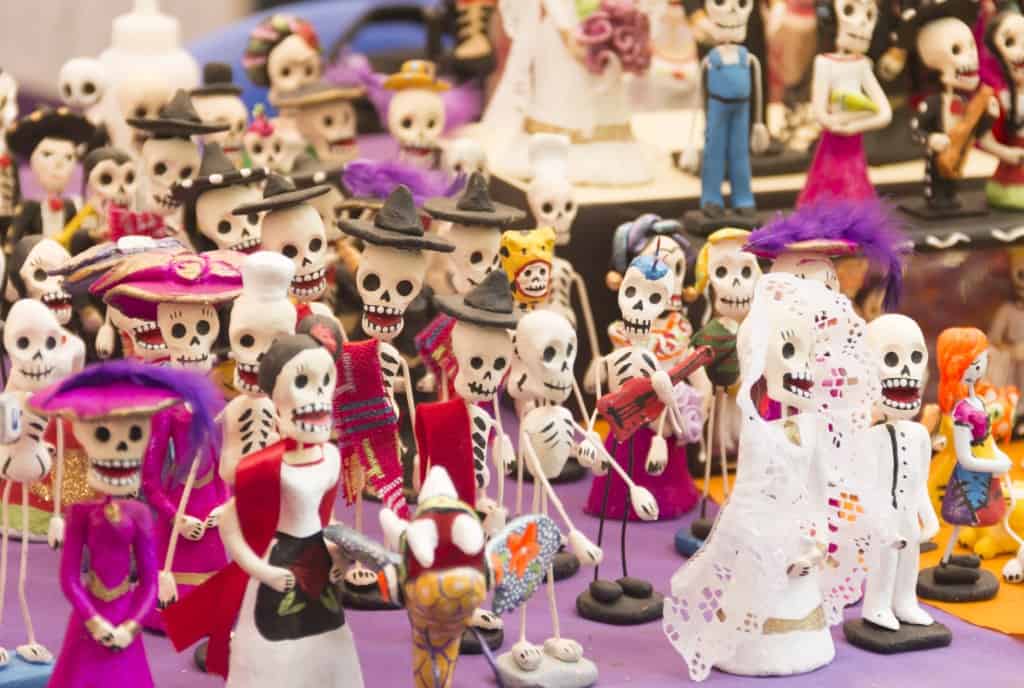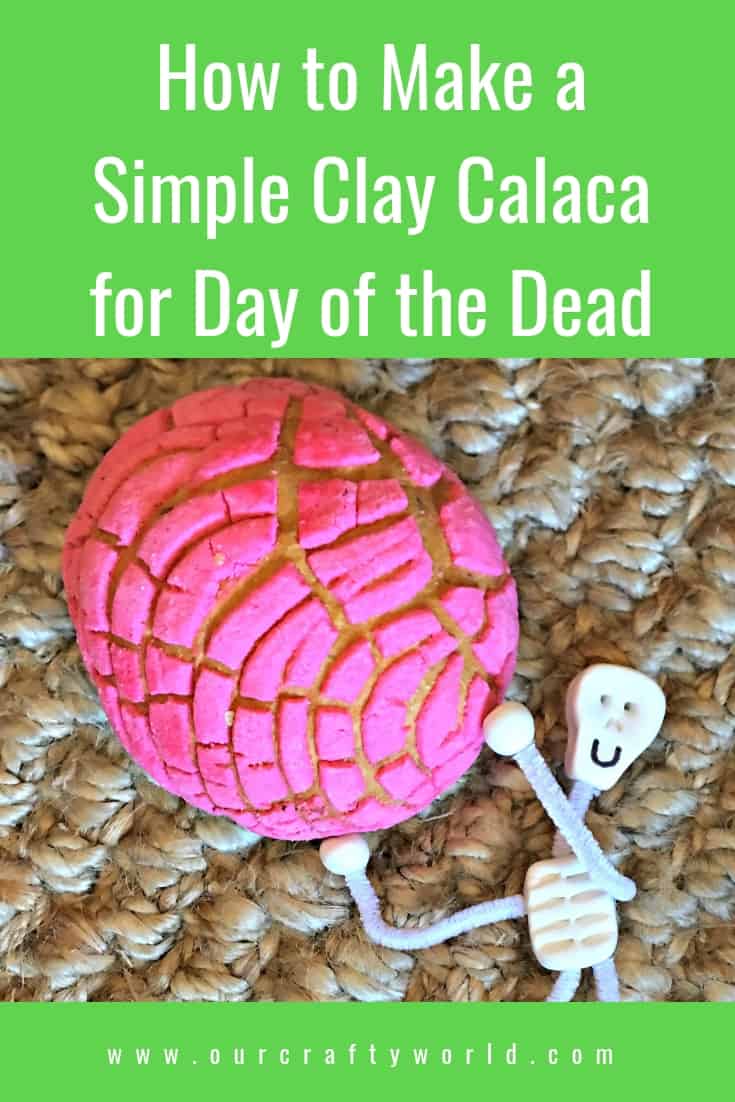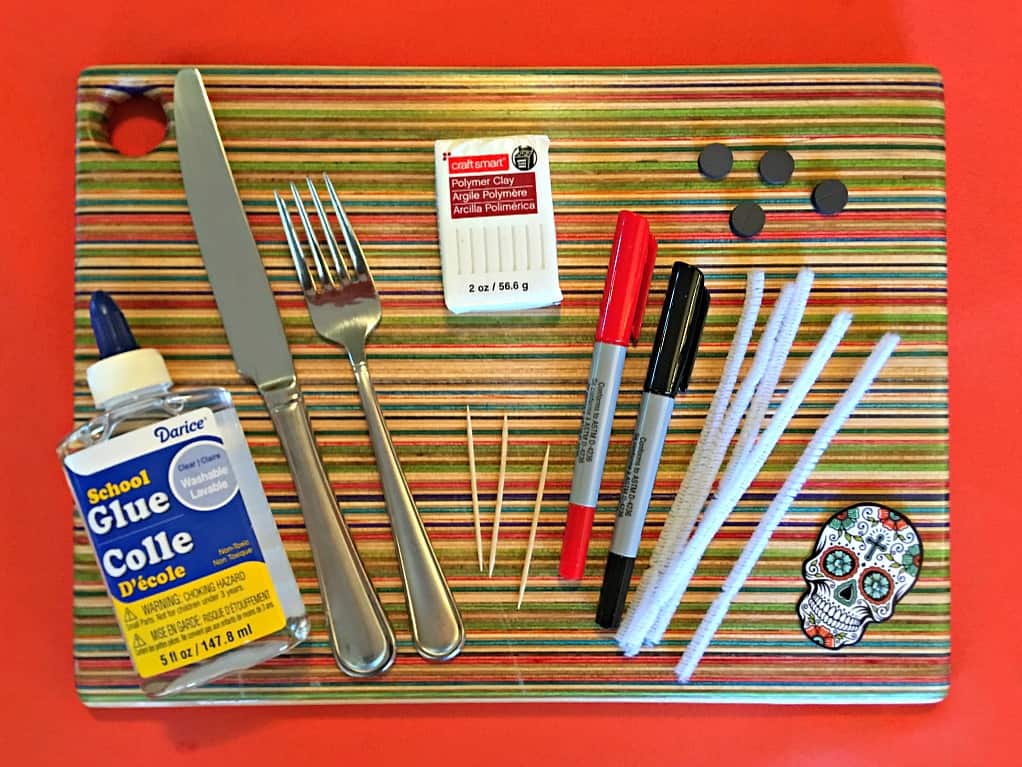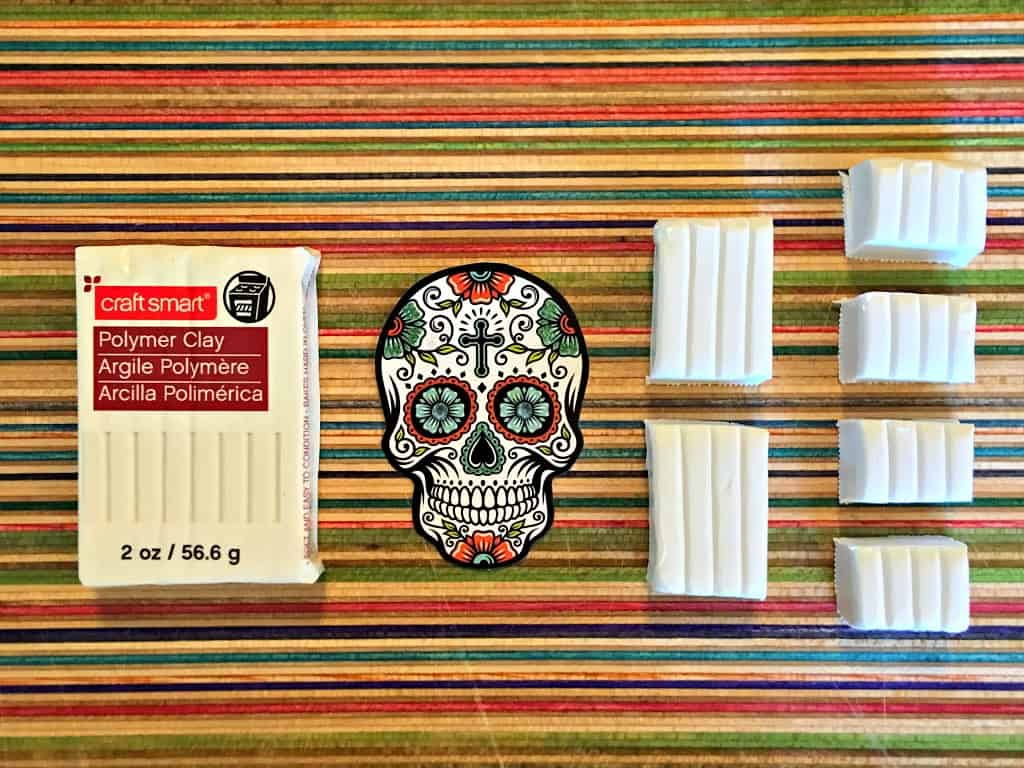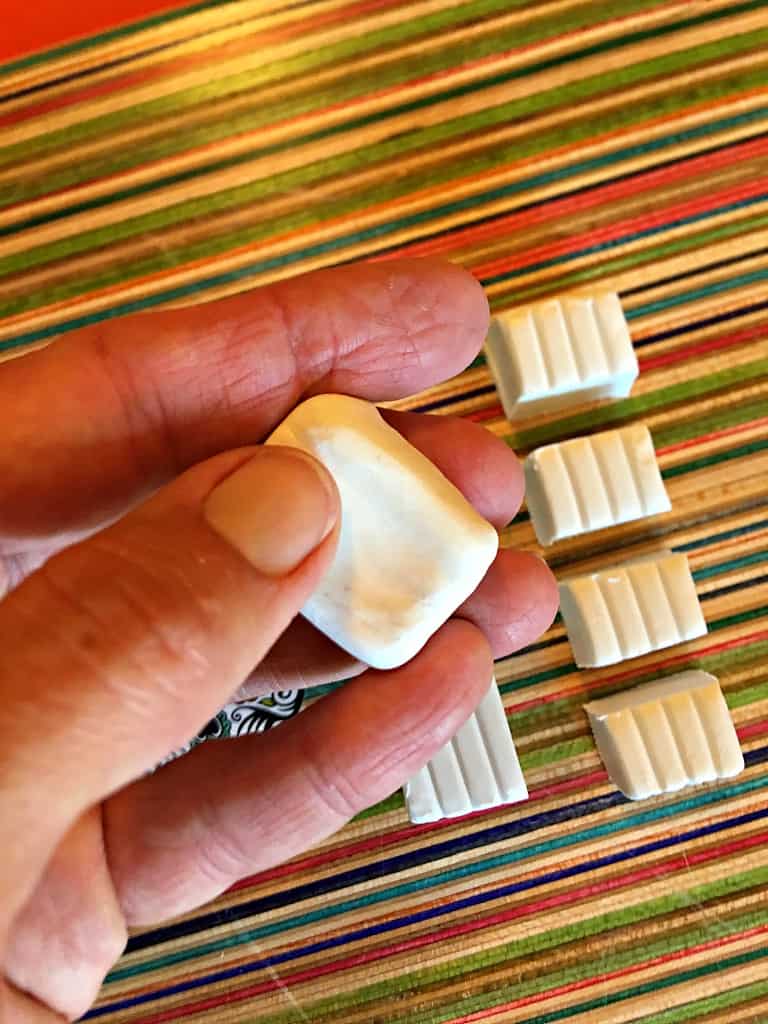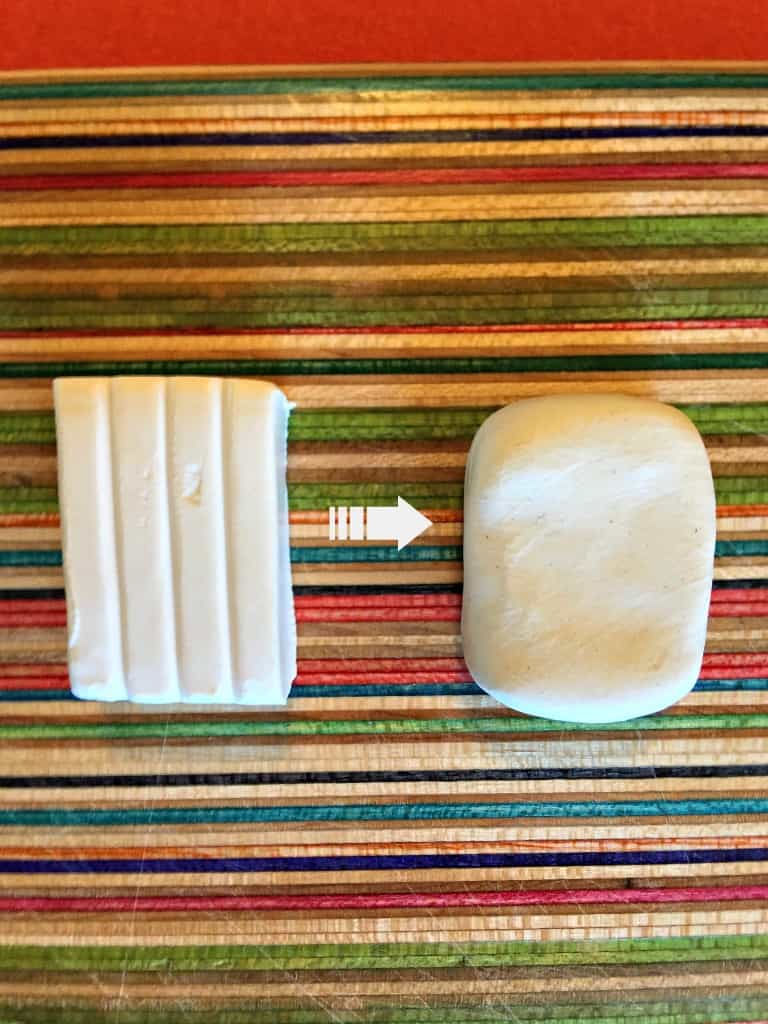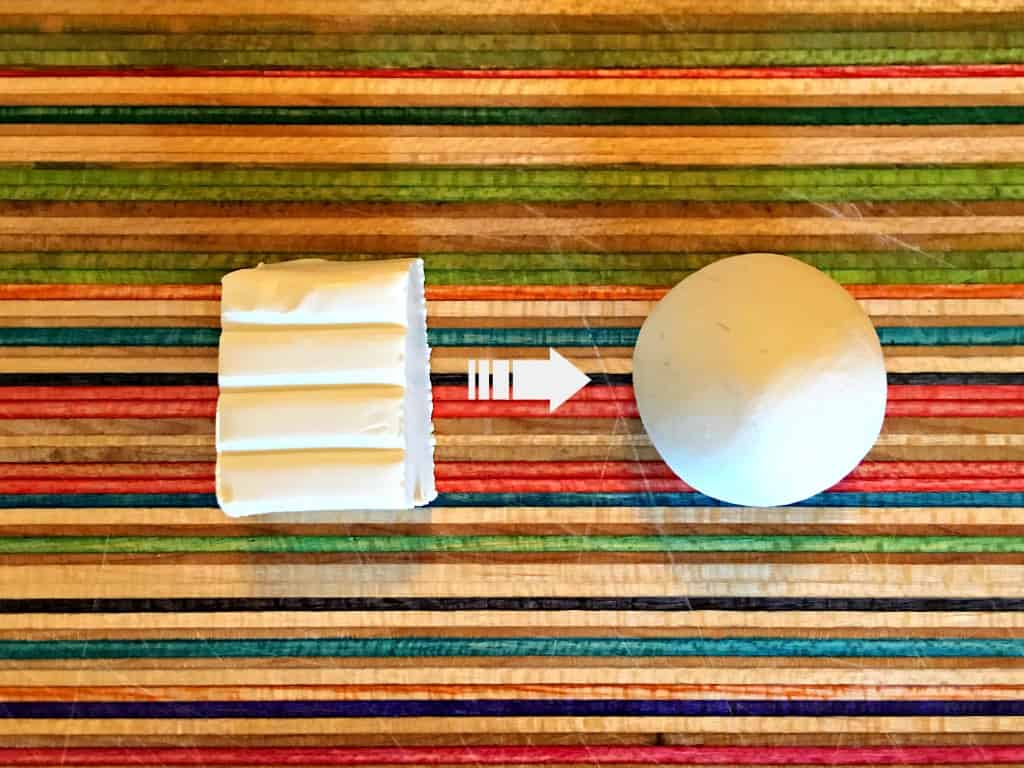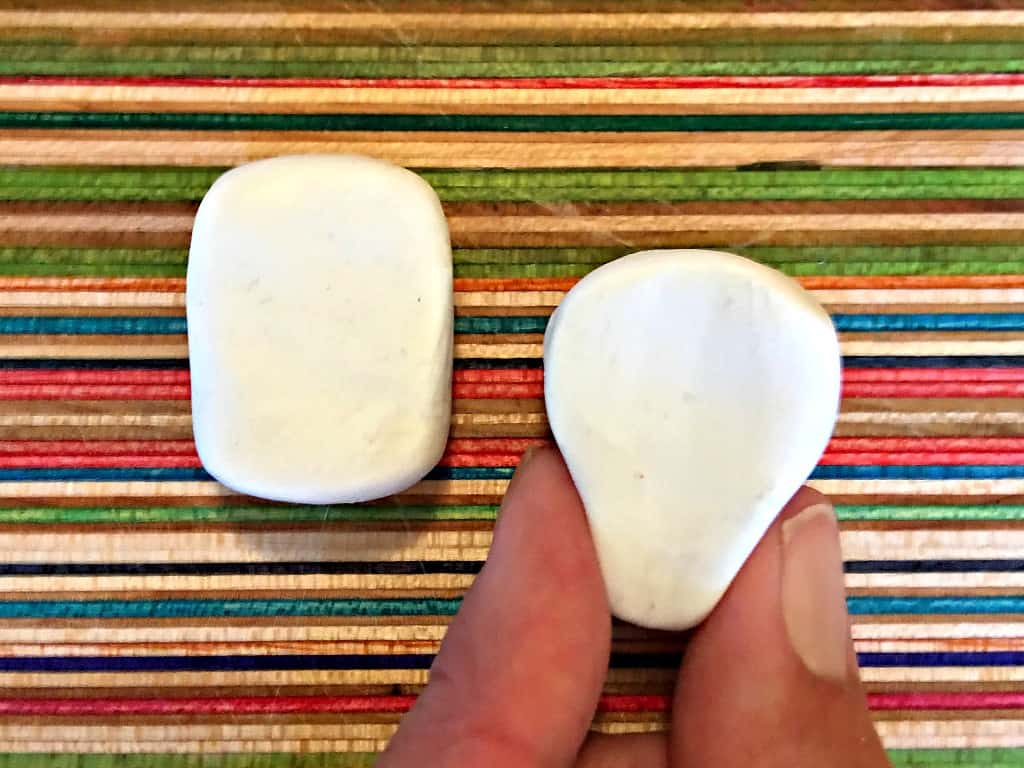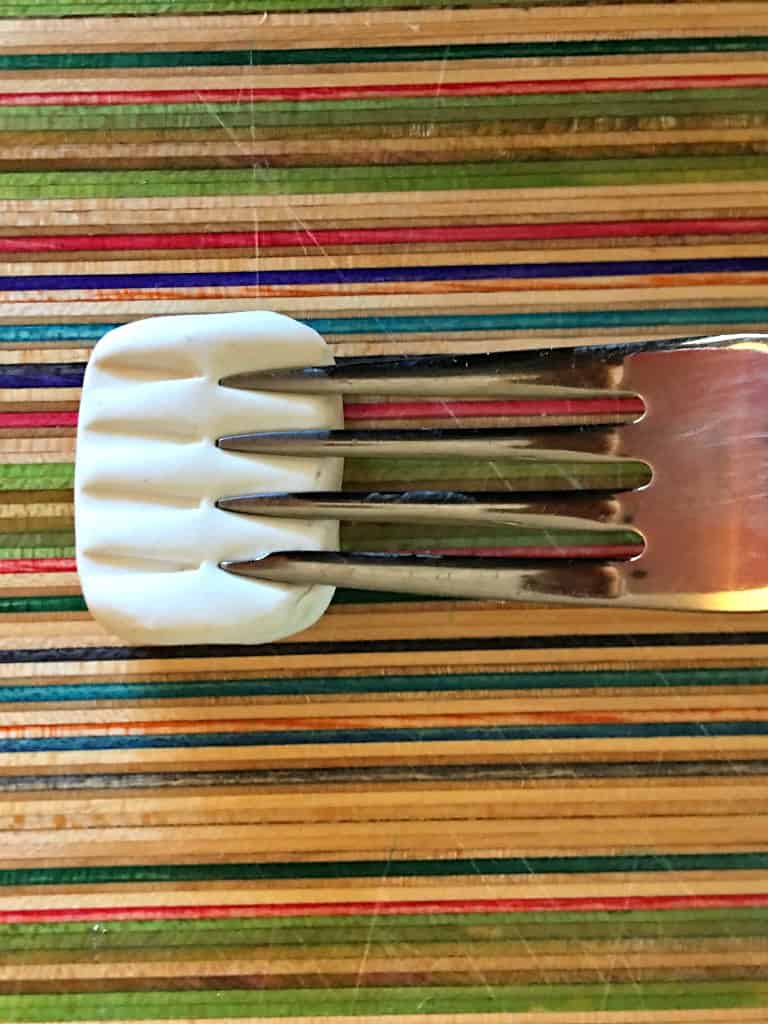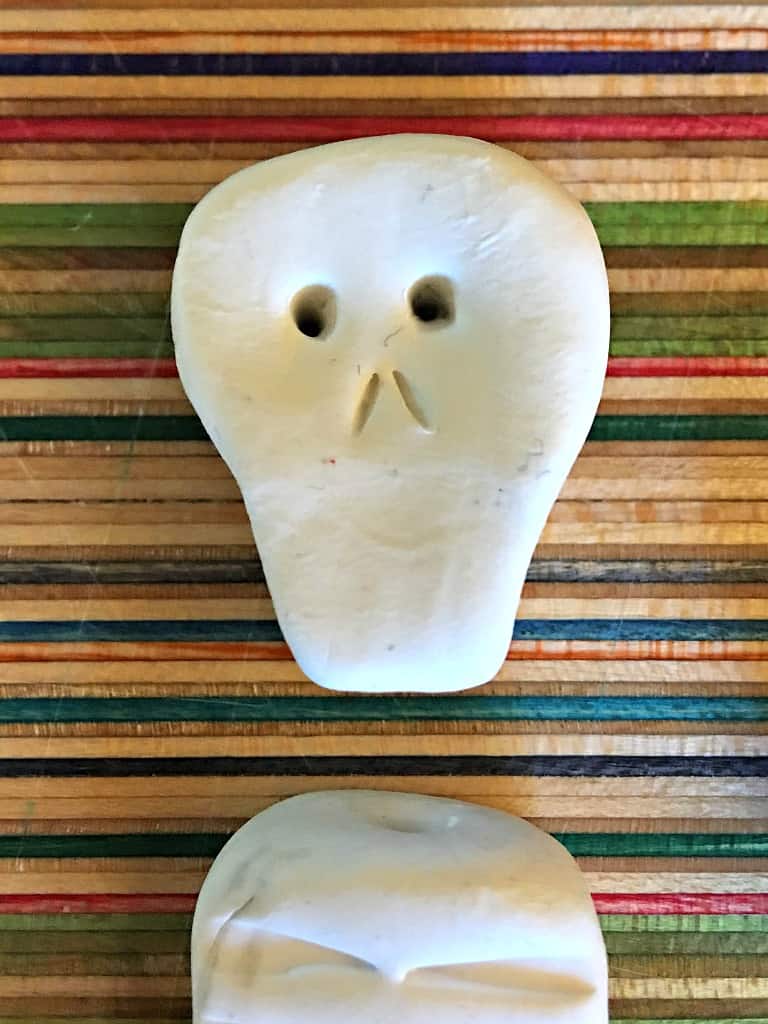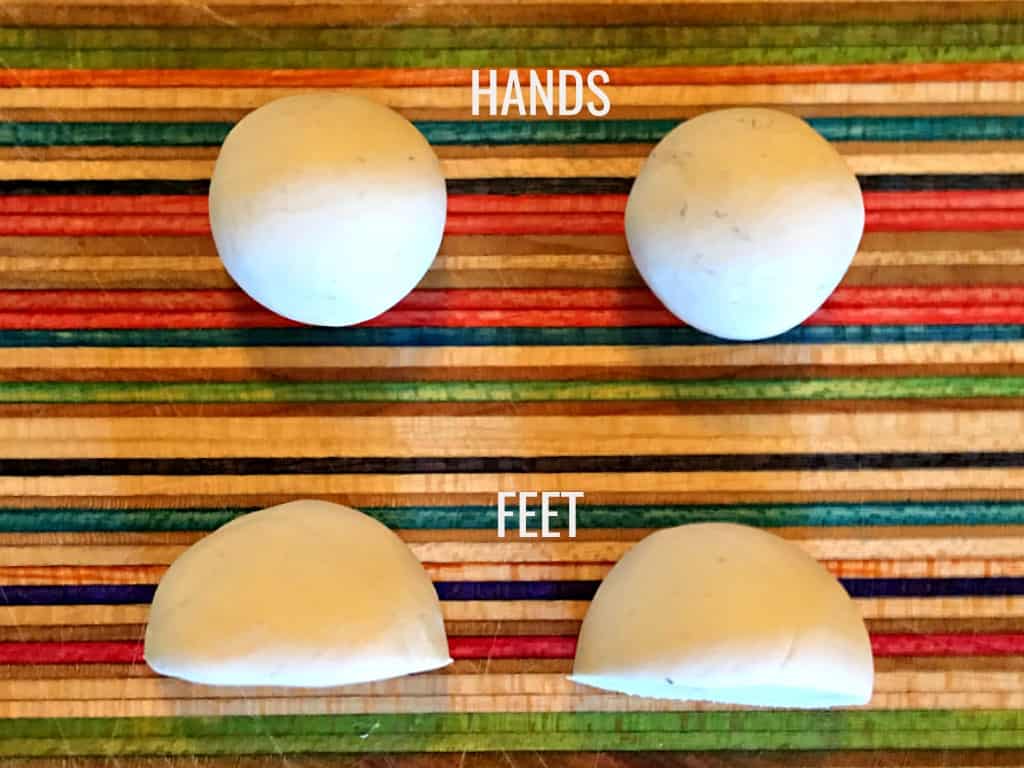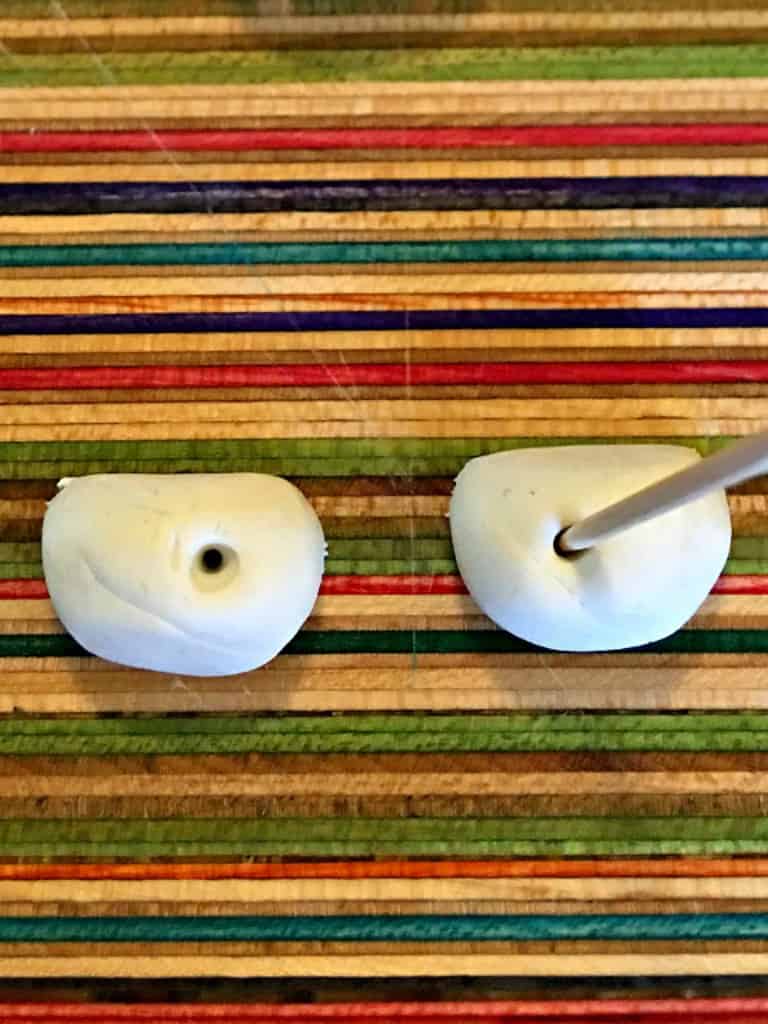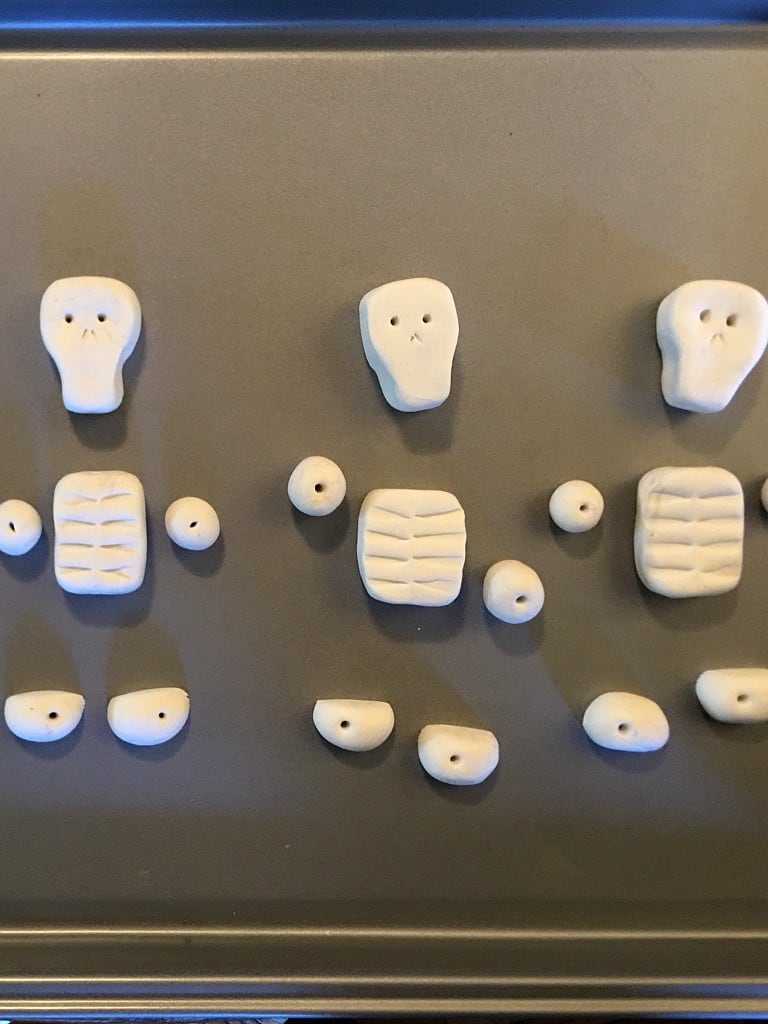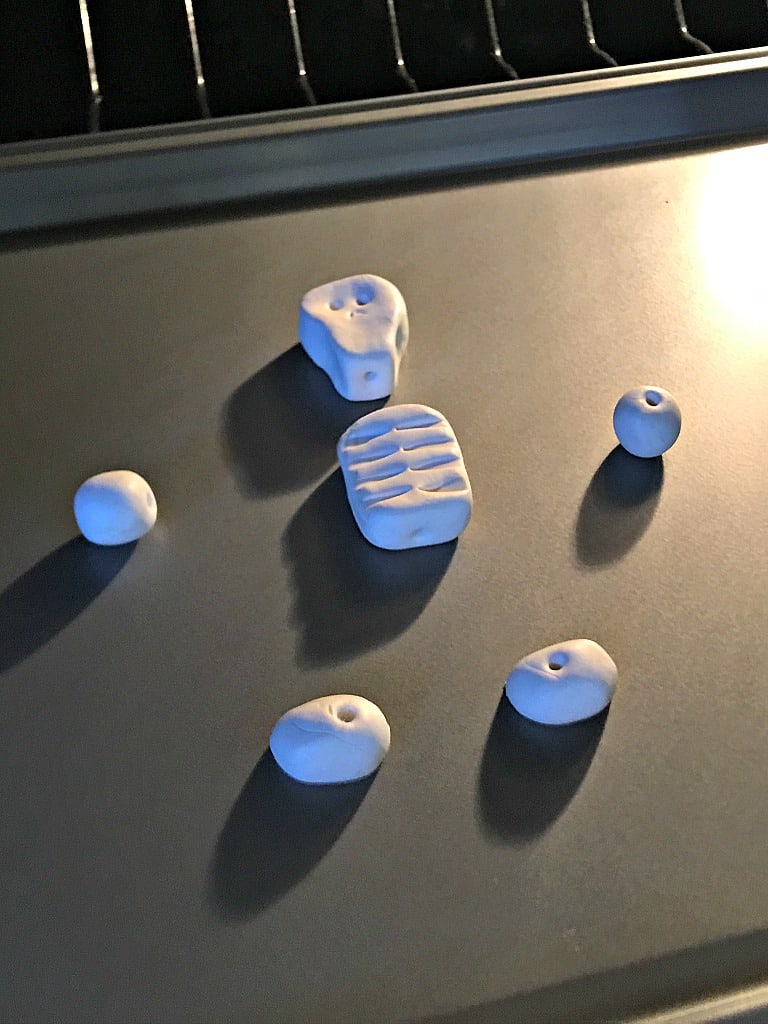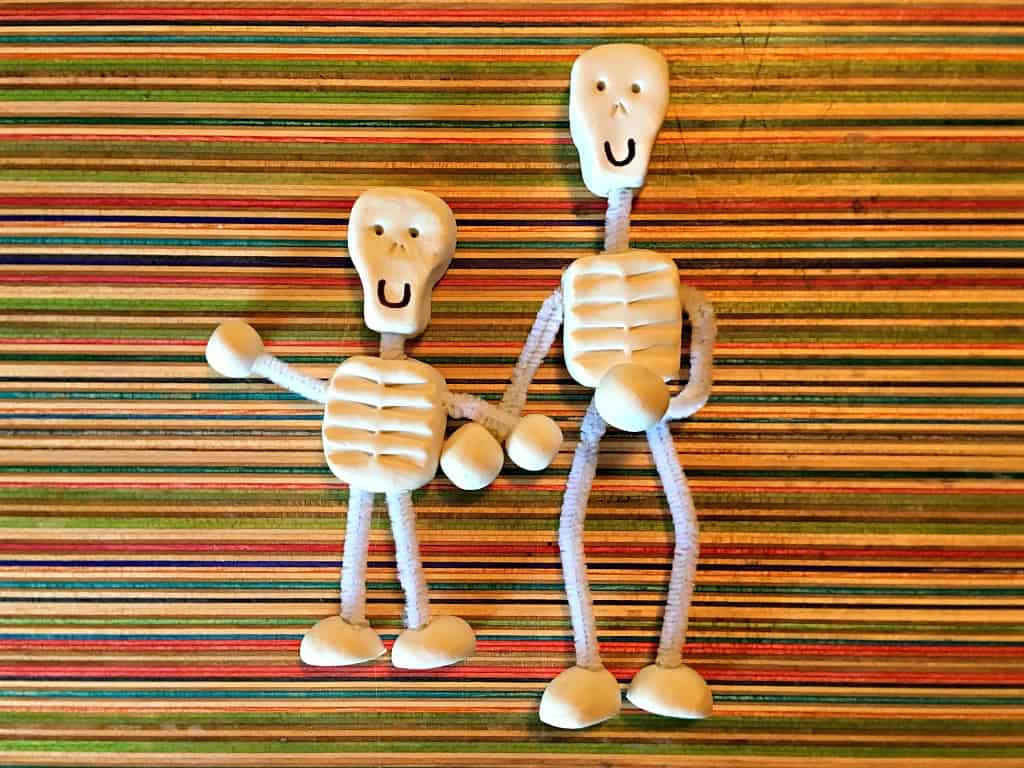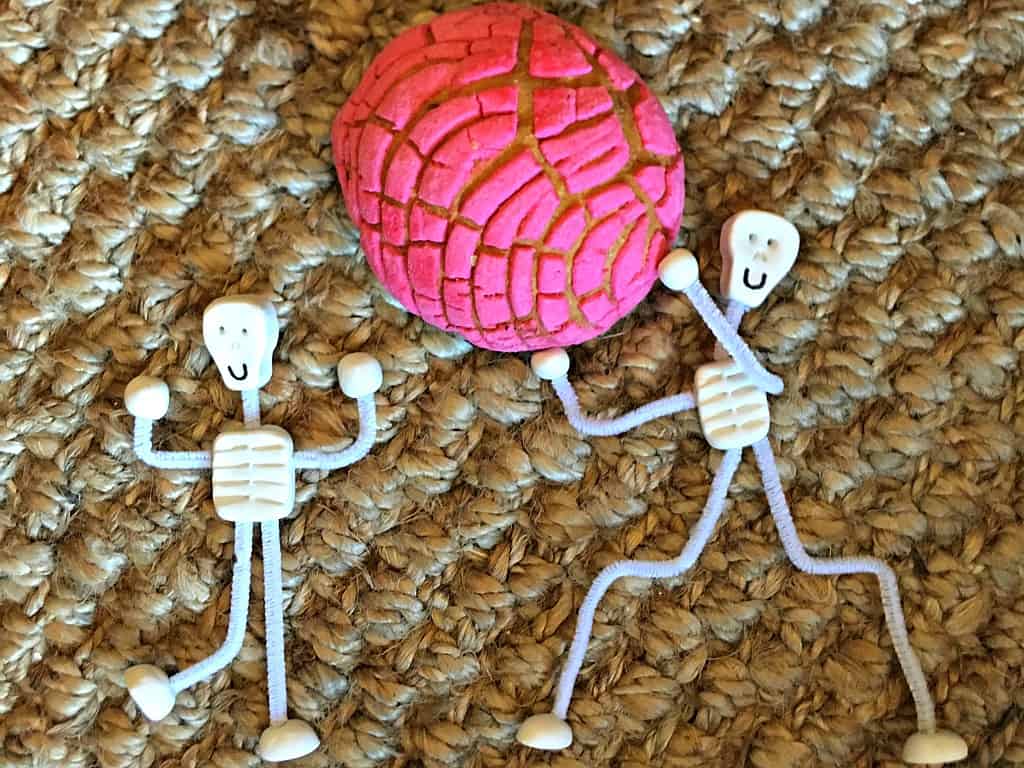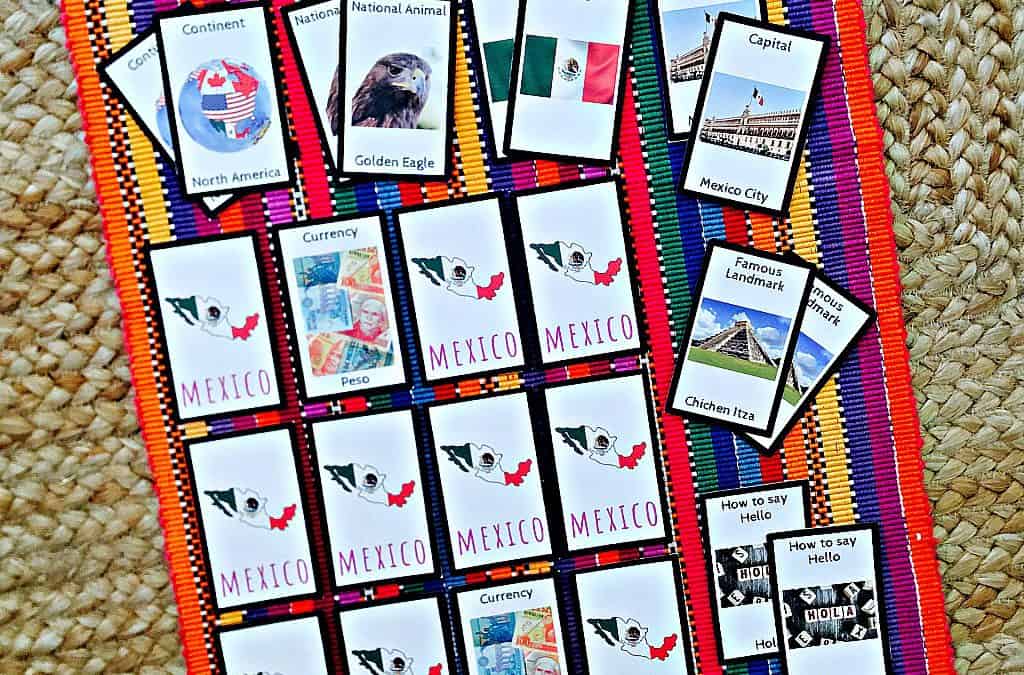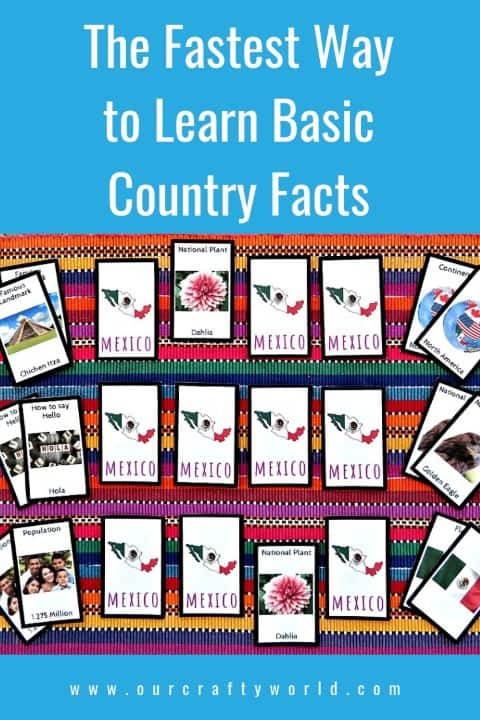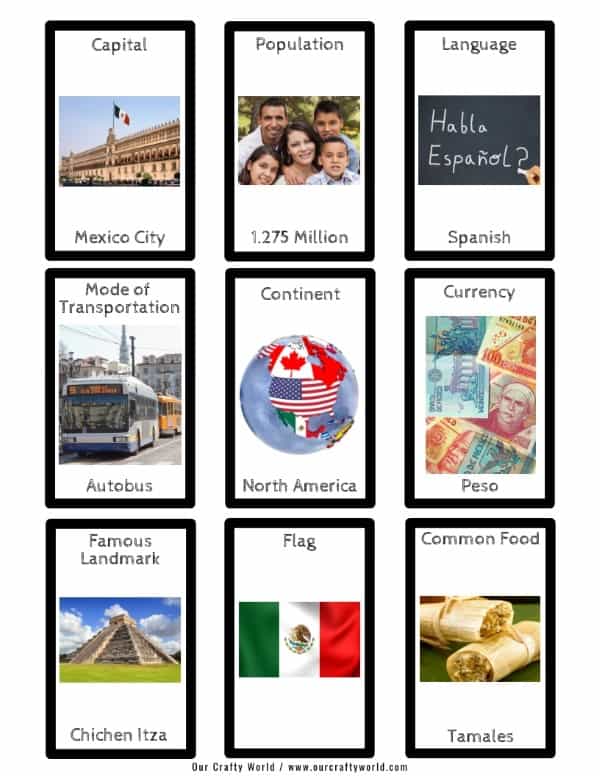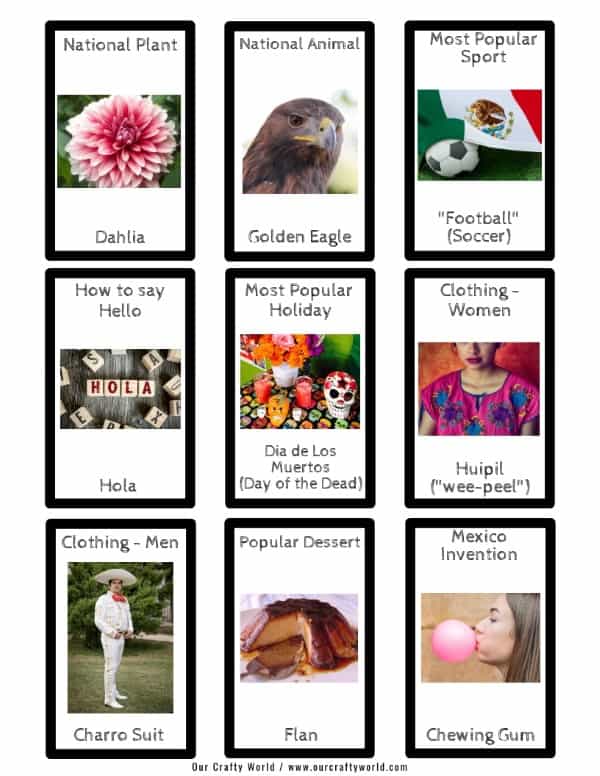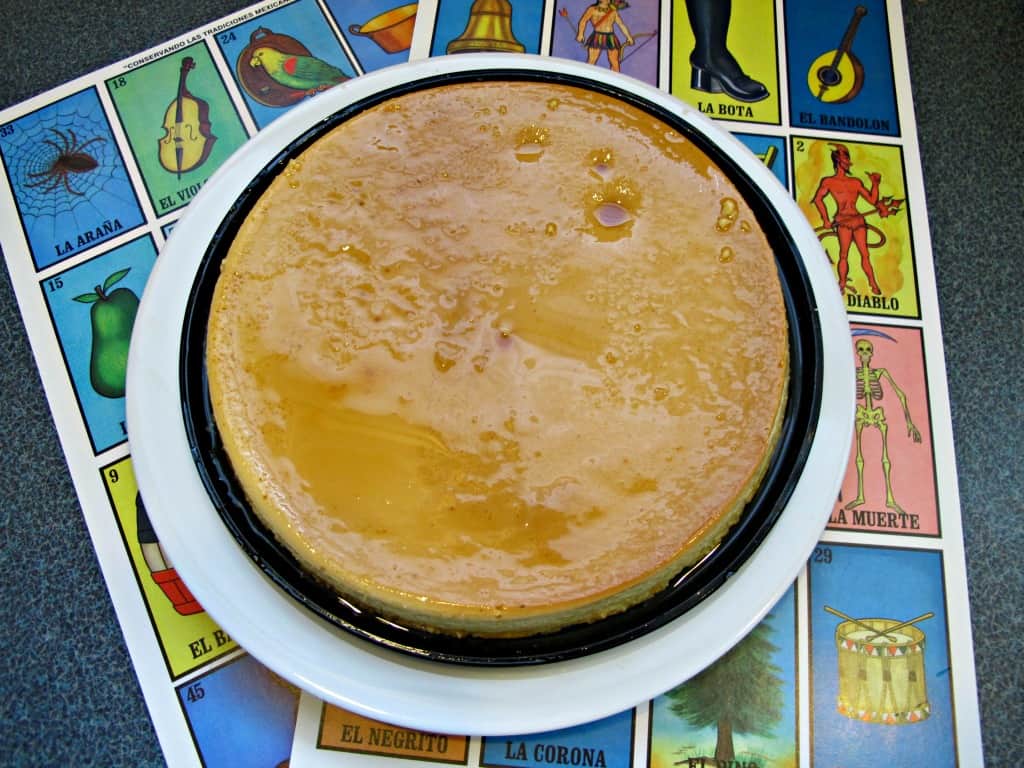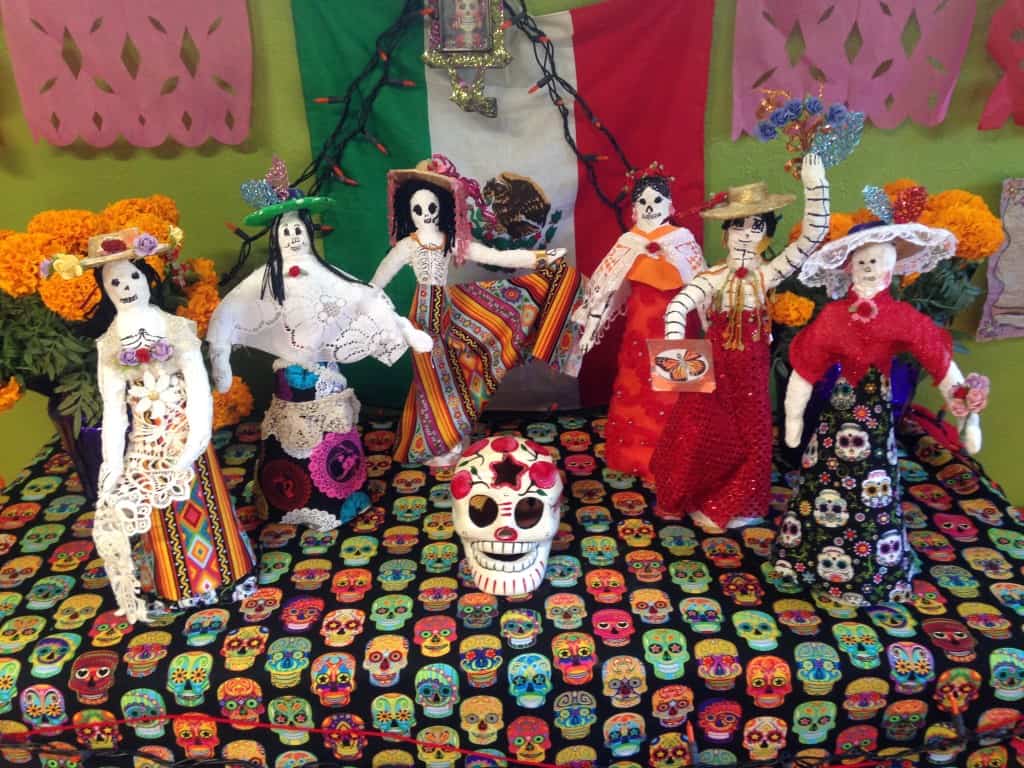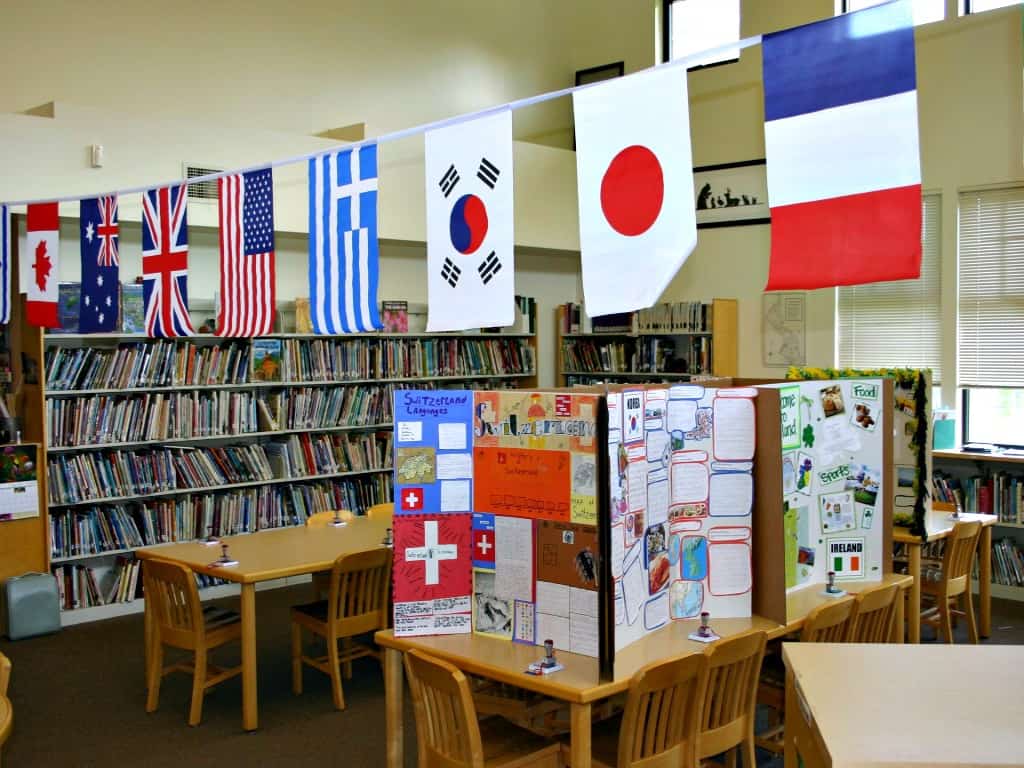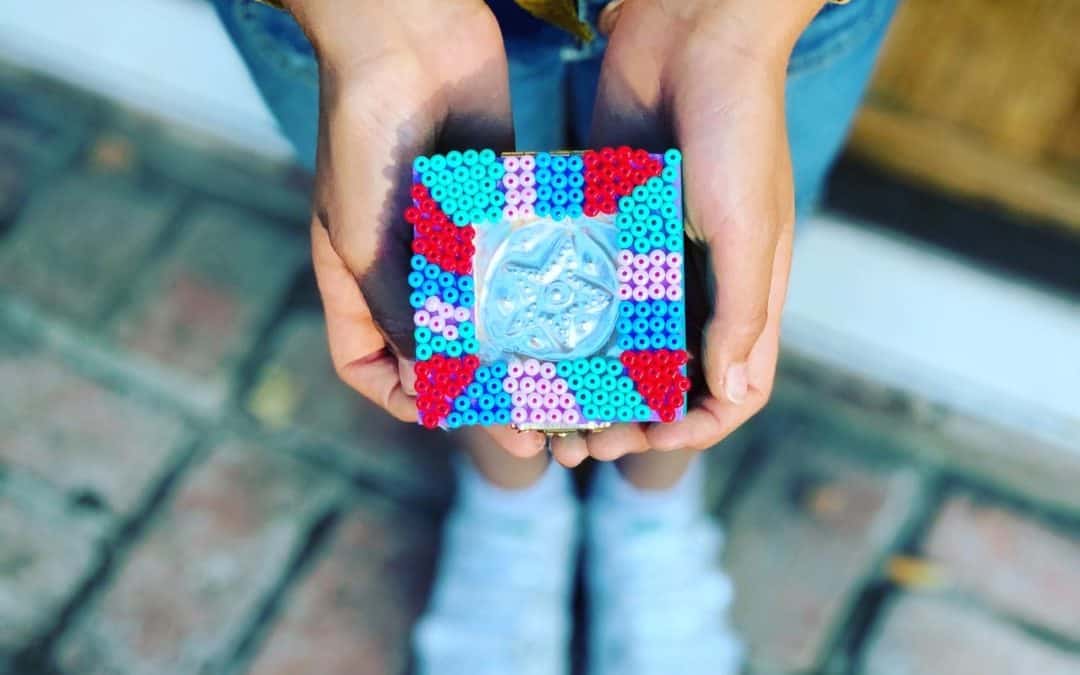
Huichol Bead Art for Mexico Unit
Our Huichol bead art is complete! This is one of my favorite Mexico crafts for kids.
We did this project in my Mexico world culture class for kids last week.

To do this project, all you need to do is gather together a wooden shape, a variety of seed beads in bright colors, clear glue, a paint brush, and tweezers!

Or course, a little history about the Huichol people and photos of their work are just as essential.

I also put together a Huichol food platter with an emphasis on corn.
The Huichol people believed that corn was the “source of all life” so trying corn-based foods brought the project full circle!

Corn tamales, corn nuts, and Atole (a hot drink made with masa harina, corn dough flour) did the trick!
I invite your to leave your thoughts or comments about this Mexico craft for kids below.
